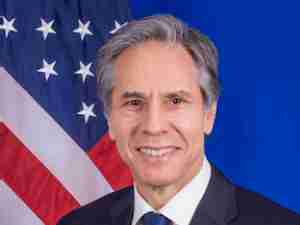Abercrombie, once a high-flyer among teens and college-going adults, has been shutting underperforming stores in the United States as it looks to international markets to drive growth.
The retailer, which also operates the Hollister, abercrombie kids and Gilly Hicks stores, said it plans to spend to spend about $300 million in 2011, mostly on international stores. It spent about $161 million last year.
"We're looking to accelerate the pace of international Hollister openings to approximately 30 to 40 this year," Chief Executive Mike Jeffries said on a conference call with analysts.
The company will open its first Hollister stores in mainland China and Hong Kong, and expects to open Abercrombie & Fitch flagship stores in Paris, Madrid, Dusseldorf, Brussels, Dublin and Singapore. Hollister is Abercrombie's surf-inspired chain.
"We continue to believe international sales (including 5th Avenue tourist stores) will eclipse $1 billion this year, and could be a $2-$3 billion plus revenue opportunity ... in the long term," Jefferies analyst Randal Konik said in a note to clients.
The analyst classifies the company's flagship Abercrombie & Fitch and Hollister stores on Fifth Avenue in New York under international sales.
In the fourth quarter ended Jan. 30, international net sales, including direct-to-consumer sales, rose 61 percent to $230.3 million, while U.S. sales rose 16 percent.
"We see an accelerating U.S. business, margin stabilization and international sales at a tipping point, which likely means substantial sales, earnings and stock upside this year," Konik said.
Abercrombie, which competes with peers like Aeropostale Inc and privately held Forever21 in the competitive and often fickle teen apparel market, has lowered prices to spur demand and has been successful in gaining some market share of late.
The company now plans to increase prices on some items this year, and is looking to scale back on deep discounts as the economy recovers.
Though growth in sales at U.S. retailers slowed in January, it was partly because of harsh winter weather across much of the country, and the underlying trend remained supportive of an acceleration in the economy. Consumer spending accounts for 70 percent of U.S. economic activity. (Reuters)








